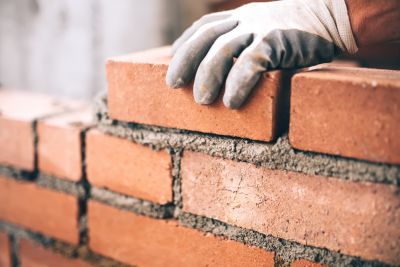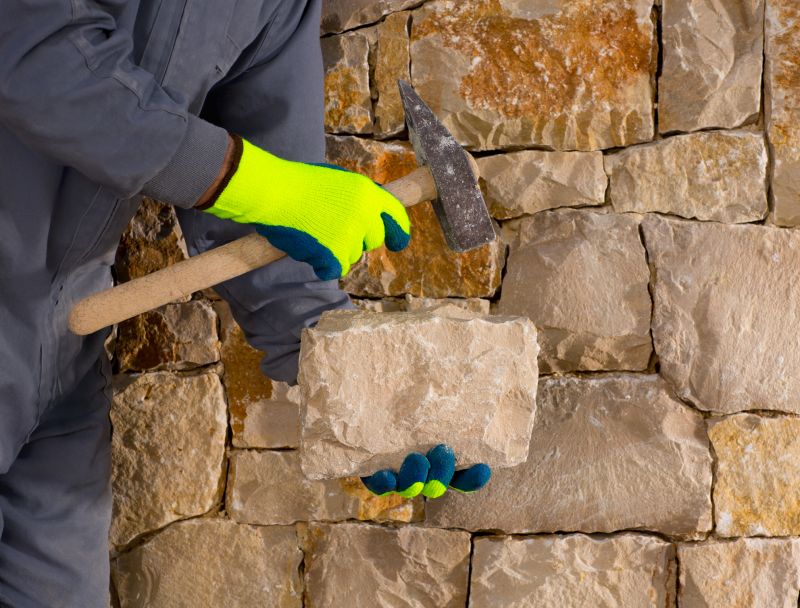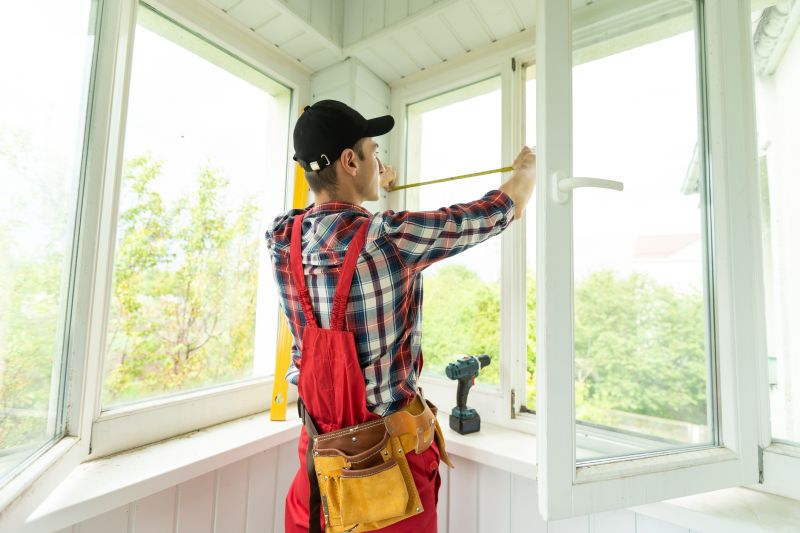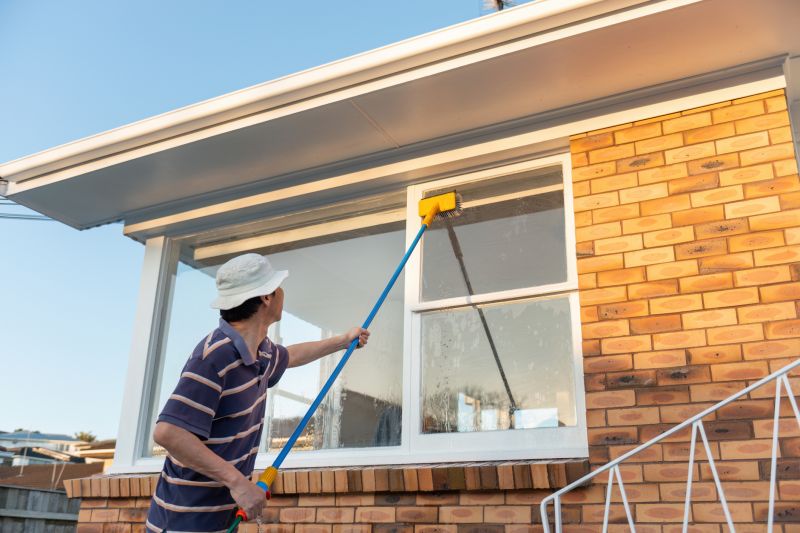Optimal Timing for Masonry Service
Understanding the optimal time for masonry service ensures the durability and longevity of masonry structures. Proper timing can prevent issues related to weather conditions and material setting processes, contributing to a longer-lasting result.
Ideal for masonry work due to moderate temperatures and lower humidity levels, reducing the risk of mortar cracking.
Good for projects as temperatures are still manageable, allowing mortar to cure properly without extreme heat.
Cold weather can hinder mortar setting and cause cracking; masonry work is best avoided during freezing temperatures.

Ways to make Masonry Service work in tight or awkward layouts.

Popular materials for Masonry Service and why they hold up over time.

Simple add-ons that improve Masonry Service without blowing the budget.

High-end options that actually feel worth it for Masonry Service.

Finishes and colors that play nicely with Masonry Service.

Little measurements that prevent headaches on Masonry Service day.
| Season | Best Conditions for Masonry |
|---|---|
| Spring | Moderate temperatures and lower humidity |
| Summer | Warm but not excessively hot, low rain |
| Fall | Cool temperatures with stable weather |
| Winter | Cold and freezing temperatures to avoid |
Statistics indicate that projects completed during optimal seasons tend to have fewer issues related to mortar cracking, efflorescence, and structural integrity. Planning masonry work during suitable weather windows enhances durability and reduces the need for future repairs.

A 60-second routine that keeps Masonry Service looking new.

A frequent mistake in Masonry Service and how to dodge it.

Small tweaks to make Masonry Service safer and easier to use.

Lower-waste or water-saving choices for Masonry Service.
Interested in scheduling masonry service? Filling out the contact form provides the opportunity to plan projects during the most suitable seasons for optimal results.
